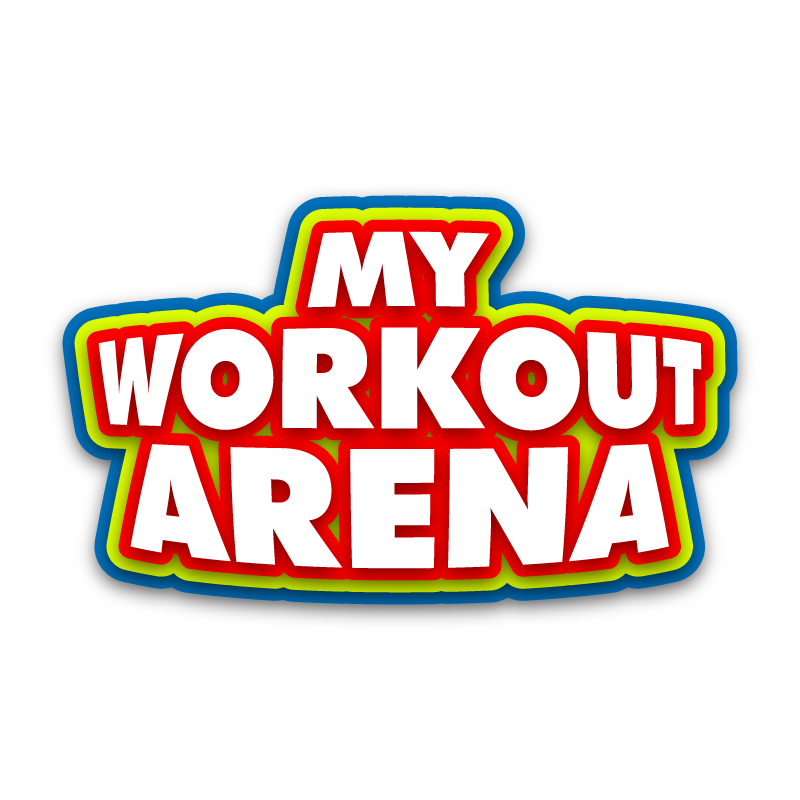Guidelines for the Jerk
Maintaining a Stable and Balanced Position During the Dip and Thrust of the Jerk
When the lifter prepares for the dip and thrust of the jerk, it is important to address at least three key factors. First, the lifter should have the bar resting on the shoulders and clavicles as close to the neck as is possible, with the elbows raised as high as possible and without interfering with his or her breathing or putting pressure on the arteries of the neck (either of which can lead to a light head or even to blacking out). Using these three points of support (shoulders, clavicles and hands) provides for maximum control of the bar (although the clavicles are the least important support point and are avoided by some lifters who experience discomfort with such support). In such a position it is virtually impossible for the bar to move in relation its starting position as the dip and drive are performed. The lifter should also pull in or tuck in the chin, bringing it close to the neck; lifters who leave the chin forward may actually hit their chins with the bar but are more likely to push the bar forward during the drive, out of a subconscious desire to avoid hitting their chins or noses. During the dip the elbows should never move to a lower position than that in which they started; some lifters find it helpful to raise the elbows slightly as they dip to assure that the bar does not roll forward on the shoulders as the dip progresses. The hands, while providing some support to the bar, are not being pushed up forcefully against the bar with the arms but, rather, are being used as a mechanism to assure that the bar does not roll forward on the shoulders as the dip progresses.
The second key factor in preparing for a good jerk is the positioning of the torso. There are two important elements to such positioning. First, the torso should be kept absolutely vertical during the dip and thrust (except in the special style recommended by Nechepurenko, which is discussed below). Second, the torso must be positioned so that it can maintain a rigid position during the dip and thrust. This means that curvatures in the spine should be minimized and the torso should be held rigid by the entire muscular “corset” of abdominal oblique and spinal muscles and by the action of raising and expanding the rib cage. These muscles need not consciously be held as tensely as possible. but they should have an athletic sort of tension, strong yet flexible and ready for movement. If the torso is felt to give during the dip or drive, the lifter will need to experiment with spinal curvatures and relative muscle tensions until a stable position is
discovered.
The third key factor in preparing for a good dip and drive is the lifter’s balance on the feet at the start of the dip. Since there is a tendency for the combined center of gravity of the lifter and bar to shift forward slightly during the dip, it is a good idea for the lifter to shift the weight of the body and bar toward the rear of the foot as the dip begins. In this way, even if a slight forward shift of the center of gravity occurs during the dip, there is some margin for error in terms of remaining over the lifter’s balance point. Such a position also helps to keep the bar behind the lifter’s head later in the jerk.
Another approach to assisting the lifter in maintaining proper balance during the dip and thrust was recommended by V. Nechepurenko of the Soviet Union in 1972. He advised the lifter to allow the torso to incline forward slightly and the hips to travel slightly rearward during the dip, while maintaining the lifter’s balance over the feet. Then, during the beginning stages of the thrust, the torso is straightened and the hips are brought forward so that they are directly under the torso. While this technique requires a more complex set of actions from the body than the conventional dip, it has the advantage of helping some lifters to keep both the bar and their bodies balanced over the middle of the foot throughout the first four stages of the jerk. This technique can be especially helpful for lifters with relatively stiff ankles and/or sore knees and lifters who find it difficult to keep from inclining the torso forward during the dip for the jerk.
Trade-free www.myworkoutarena.com


Comments
No comments yet. Be the first to react!